Nothing is worse than investing in top-grain leather items, only to deal with stiff, cracking leather down the road. It doesn’t have to be that way. Learn how to prevent stiff leather, as well as three tried-and-true methods for softening leather so that you can enjoy the longevity of your heirloom-quality accessories.
The best part is that you can enjoy these techniques from the comfort of your own home using simple, reliable conditioning products.
Top Popov Leather Conditioning Products
Table of Contents
How Do You Soften Leather?
Step 1: Choose Your Leather Softening Product
Before you begin conditioning your leather, you first need to decide which type of product you’re going to use. There are three main types of products: specially formulated leather conditioners, natural oils, or everyday household products like rubbing alcohol or vaseline. Each option has its own advantages and disadvantages.
Expert Tip
Specially-Formulated Leather Conditioners
The safest, most-effective, and most-efficient way to soften leather is by using a high-quality leather conditioner.
These conditioners soften leather in three ways:
Lubrication: They function as lubricants, letting the leather fibers move freely. This improves the leather’s softness and flexibility.
Rehydration: They contain hydrating ingredients, such as waxes and natural oils, which penetrate deep into the leather fibers, moisturizing the leather from within.
Protection: As they replenish the lost natural oils, the conditioners form a protective barrier that covers leather from environmental factors. This prevents further oil loss and extends the leather’s life.
Choosing the right leather conditioner for softening leather shoes, belts, wallets, and other leather products [3] will help preserve your leather’s integrity, prevent damage, and maximize its effectiveness.
Different leather types have varying needs. Some conditioners are specially designed for a specific leather type, such as chrome-tanned leather, full-grain leather, or aniline leather. Check the conditioner manufacturer’s details to ensure that it best suits your leather type.
Choose leather conditioners with natural ingredients like oils (jojoba, neatsfoot, mink oil) and waxes (carnauba wax, beeswax) with conditioning and hydrating properties.
Leather conditioners also come in different forms, from lotions to oils, creams and balms.
The table below shows the key differences between these conditioners and their suitability to help you choose the right one for your needs.
Leather Conditioner |
Description |
Suitability |
Leather Balm |
Thick, often wax-based conditioner with added protective waxes |
Dry, aged leather, antique leather, heavily used items, and various leather types |
Leather Cream |
Thick, creamy texture Contains oils, waxes, and water Provides soft, matte finish |
Various leather products: furniture, car seats, jackets, purses, accessories, etc |
Leather Lotion |
Lightweight liquid with oils and water |
Smooth leather like patent leather |
Leather Oil |
Thick and concentrated Made from natural oils like neatsfoot or mink oil |
Severely stiff leather, work boots, and saddles Caution: May darken lighter leathers |
Popov Leather’s leather balm is made with purely natural ingredients that are highly regarded for their conditioning and strengthening properties. These ingredients include triple-filtered beeswax, a blend of seed oils, and naturally occurring lipids.
The natural quality of the ingredients is only matched by the richness of color and patina it brings out in the leather. I use this not only on my Popov Leather items but on all of my leather goods...
Head over to the Popov Leather Balm product page to learn more about this leather softener and see what previous buyers are saying about it.
Natural Oils
Another common leather conditioning product that has been used to soften leather for centuries is natural oils.
This method may be chosen because it entails using affordable and readily available ingredients to replenish leather’s lost oils and moisture. If you can’t invest in a specially-formulated leather conditioner, natural oils are the next best option.
Your choice of natural oil will directly influence the effectiveness of your leather conditioning technique.

Different oils have different properties and suitability for particular leather types. Unlike with commercial conditioners, however, these products won’t directly tell you the best leather to use them on. Refer to the table below to determine the right oil for your needs.
Natural Oil |
Source |
Properties |
Suitability |
Neatsfoot Oil |
Rendered cattle bones |
Conditions and softens leather Prevents drying and cracking Caution: Can darken leather over time |
A wide range of leather items, particularly full-grain and vegetable-tanned leather |
Coconut Oil |
Coconut meat or kernel |
Excellent moisturizer Rejuvenates leather Caution: Can slightly darken leather |
A wide range of leather items Best suited for lightweight application |
Olive Oil |
Pressed olives |
Gentle moisturization Improves supplessness Non-greasy Caution: Has a noticeable darkening effect and a distinct odor |
Belts, wallet, gloves, and other smaller leather accessories |
Household Products
Some people choose to use rubbing alcohol and Vaseline to soften leather.
Many people who opt for this leather conditioning technique often lack access to a commercial leather conditioner. Others prefer a do-it-yourself (DIY) leather softening approach.
To prepare this mixture, combine rubbing alcohol and Vaseline in equal parts. This balance ensures that both ingredients complement one another and provide their individual benefits:
The rubbing alcohol acts as a solvent, assisting in the breakdown and dispersion of grim, dirt, and stiffness ingrained within the leather’s fibers.
Vaseline provides the needed moisturizing benefits to the leather, rejuvenating its flexibility and suppleness.
|
Caution Always exercise care when using DIY leather softening methods like alcohol and Vaseline. Alcohol tends to be harsh on leather. This could strip off the leather’s natural oils and moisture, further enhancing its dryness and stiffness. And if you’re working with dyed or finished leather, applying alcohol can remove or fade these dyes and finishes. Vaseline, on the other hand, can leave a heavy, sticky residue on the leather’s surface, making it unpleasant to touch and susceptible to dust and dirt. |
Regardless of whether you choose a commercial leather conditioner, natural oils, or a combination of household cleaning products, the leather softening process is relatively similar across the board.
Step 2: Prepare Your Leather Product
Before you can apply your conditioner, you first need to remove dirt, dust, and other buildups. These form a barrier that makes it difficult for your chosen conditioner to penetrate the leather fibers effectively.
To prepare the leather, gently remove any loose dirt, dust, or grime from its surface using water and a soft brush, paying extra attention to seams, curves, and stitches where dirt often accumulates.
Address any stubborn stains or spots using a specialized leather stain remover.
Once the leather is clean, let it air dry completely after before moving to the next step.

Step 3: Test the Leather Conditioner
If you’re applying your chosen product to your leather item for the first time, be sure to carry out a patch test on a small, inconspicuous area, such as the leather’s inside lining or a hidden corner.
Each product has special properties, including absorption rate, color, and thickness. These properties influence how the conditioner interacts with a particular leather item.
Expert Tip
To conduct a patch test, use a soft cloth, sponge, or a cotton swab to apply a little amount of the conditioner on the chosen area.
Allow the conditioner to sit on the leather surface for a few hours before inspecting the area for changes.
If there aren't any color changes or reactions after performing the test, proceed to oiling the whole leather item.
Step 4: Apply the Leather Conditioner
When applying the leather conditioner, a little goes a long way. Too much conditioner can make the leather feel greasy or sticky.
Squeeze a small amount of your chosen product onto a soft, clean, and dry cloth. Gently rub the conditioner onto the leather using an even, circular motion.
Once you’re satisfied with the application, let the conditioner sit on the leather surface for a few hours or overnight to allow the leather to fully absorb moisture and nutrients from the conditioner.

Step 5: Buff the Leather for a Nice Finish
Once the waiting period is over, it’s time to buff the leather.
Buffing serves three major purposes:
Removes any excess conditioner, which can cause a sticky or greasy feeling if left on the leather surface
Brings out the leather’s natural luster, giving it a refined and well-maintained look
Gives leather a uniform finish by evening out any spots or streaks that might have formed during the softening process
To buff leather, simply rub a clean and dry lint-free cloth over the leather’s surface using moderate pressure and a circular motion until you achieve your desired shine.
Frequently Asked Questions
Why Does Leather Get Stiff?
There are several reasons why leather can get stiff over time:
- The leather quality itself: Lower quality leather like bonded leather or split-grain leather lacks the natural oils and proteins that make leather more flexible, supple, and durable.
- Improper storage: Storing leather in a damp, humid environment without proper ventilation can encourage mold and mildew growth, eventually causing leather to stiffen.
- Lack of moisture: When leather loses its natural moisture due to exposure to dry air, prolonged sunlight, or humidity, it will dry out and stiffen.
- Lack of proper care: When not adequately cared for, leather’s natural oils can dry and evaporate, making the leather lose its moisture content.

|
Did You Know? For just a few extra dollars, you can get a complete leather cleaning kit to keep your leather items soft, durable, and looking as good as new even after years of use? This kit includes:
|
Here’s a quick tutorial on how to use the cleaning kit on your leather shoes:
Can I use hair conditioner to soften leather?
No, hair conditioners contain several chemicals that can be harsh on leather, further damaging it.
Instead, opt for a leather conditioner like the Popov Leather Balm that’s specifically made for leather products. It contains safe and natural ingredients that cannot damage your cherished leather items.
Can leather get wet?
Yes, leather can get wet. As a natural material, leather contains pores that allow it to breathe and make it comfortable to wear.
However, this porosity also means that leather can absorb moisture whenever it comes into contact with water, causing it to become wet.
Note: When exposed to rain or immersed in water, the water will penetrate the leather’s fibers, making them swell and relax. This can result in a temporary increase in softness and flexibility.
How do you keep leather from becoming stiff?
You can keep leather from becoming stiff by:
- Protecting it from spills, rain, and moisture which can cause it to stiffen
- Rotating your leather products to prevent prolonged periods of inactivity
- Investing in a humidifier to prevent excessive dryness if you live in a very dry area
Article by Ryan Popoff
Ryan Popoff is the creative mind behind Popov Leather wallets, iPhone cases, belts, watch bands and journals since 2013. With a Bachelor Degree in Fine Arts, my leatherworking journey began at home. I wanted to create a simple leather wallet that could fit into my front pocket and — to my delight — it was a hit with family and friends. Hopefully you love our honest, quality leather goods too! Reach out with questions.


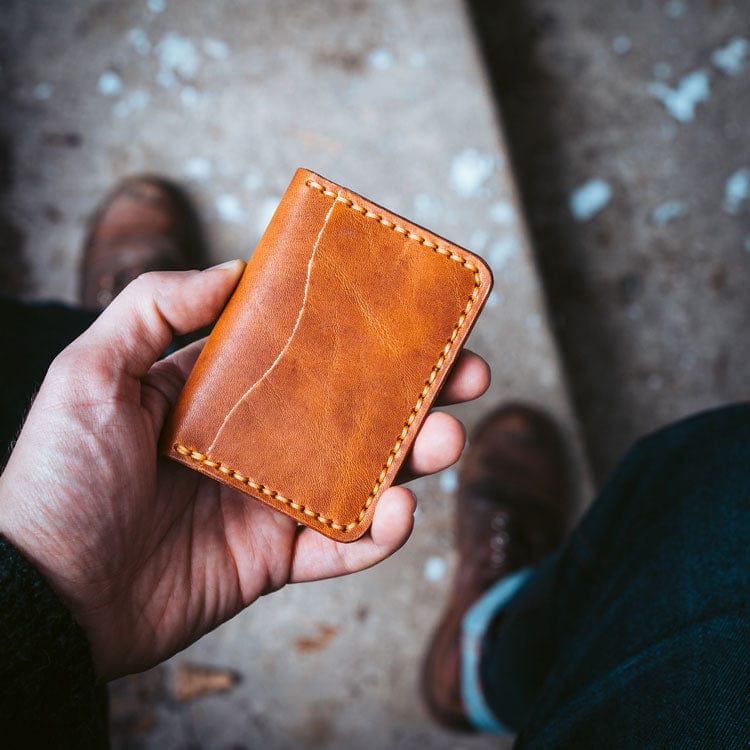
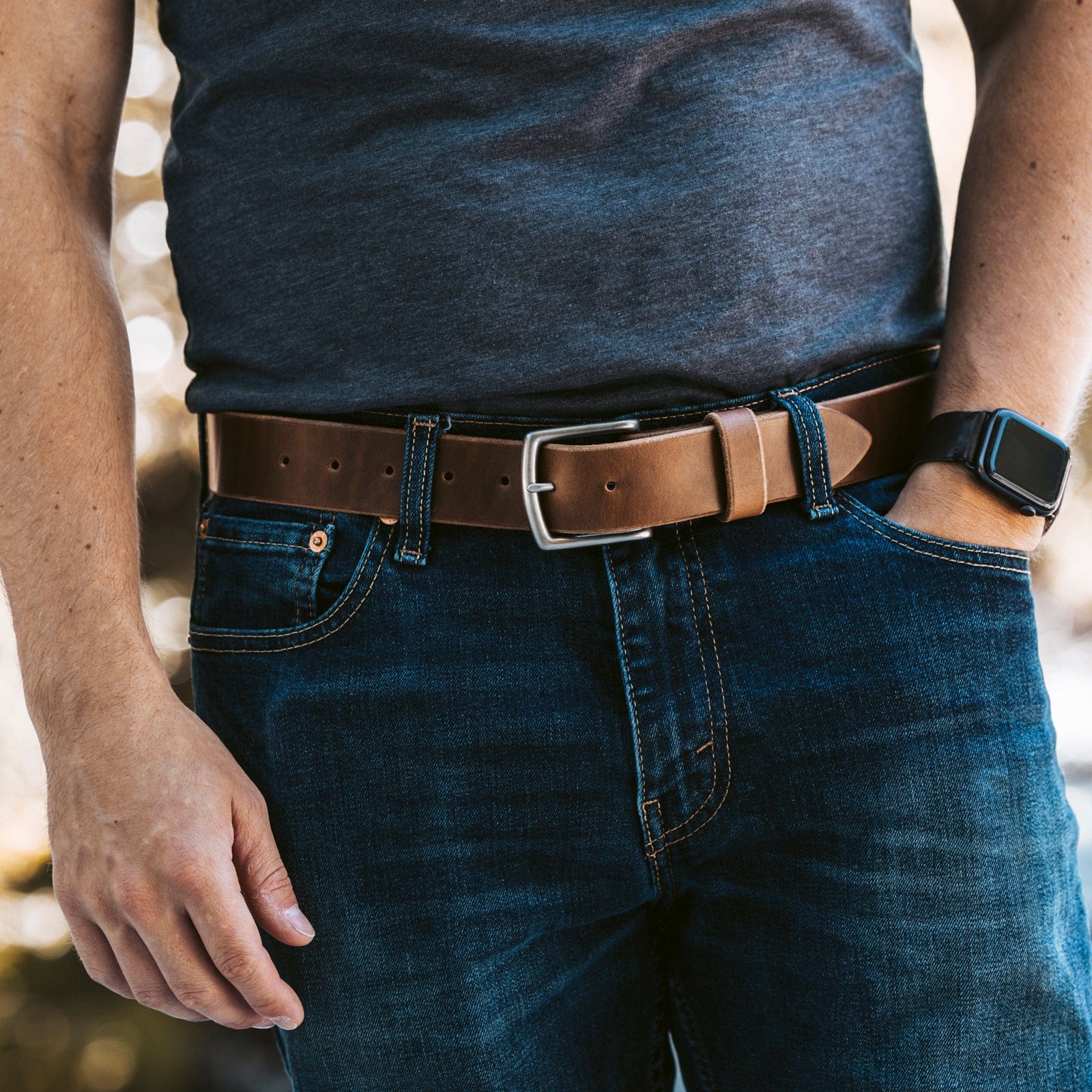
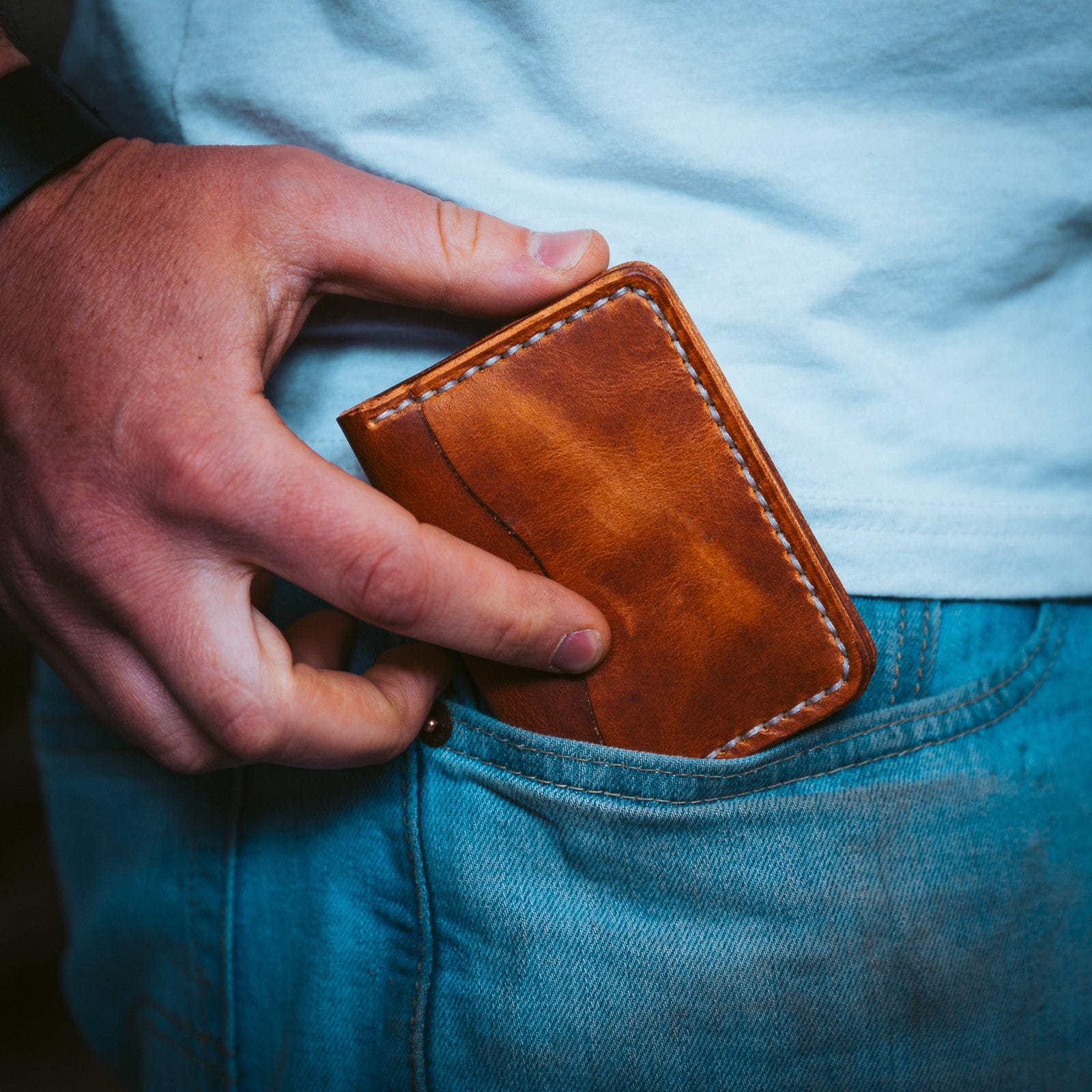
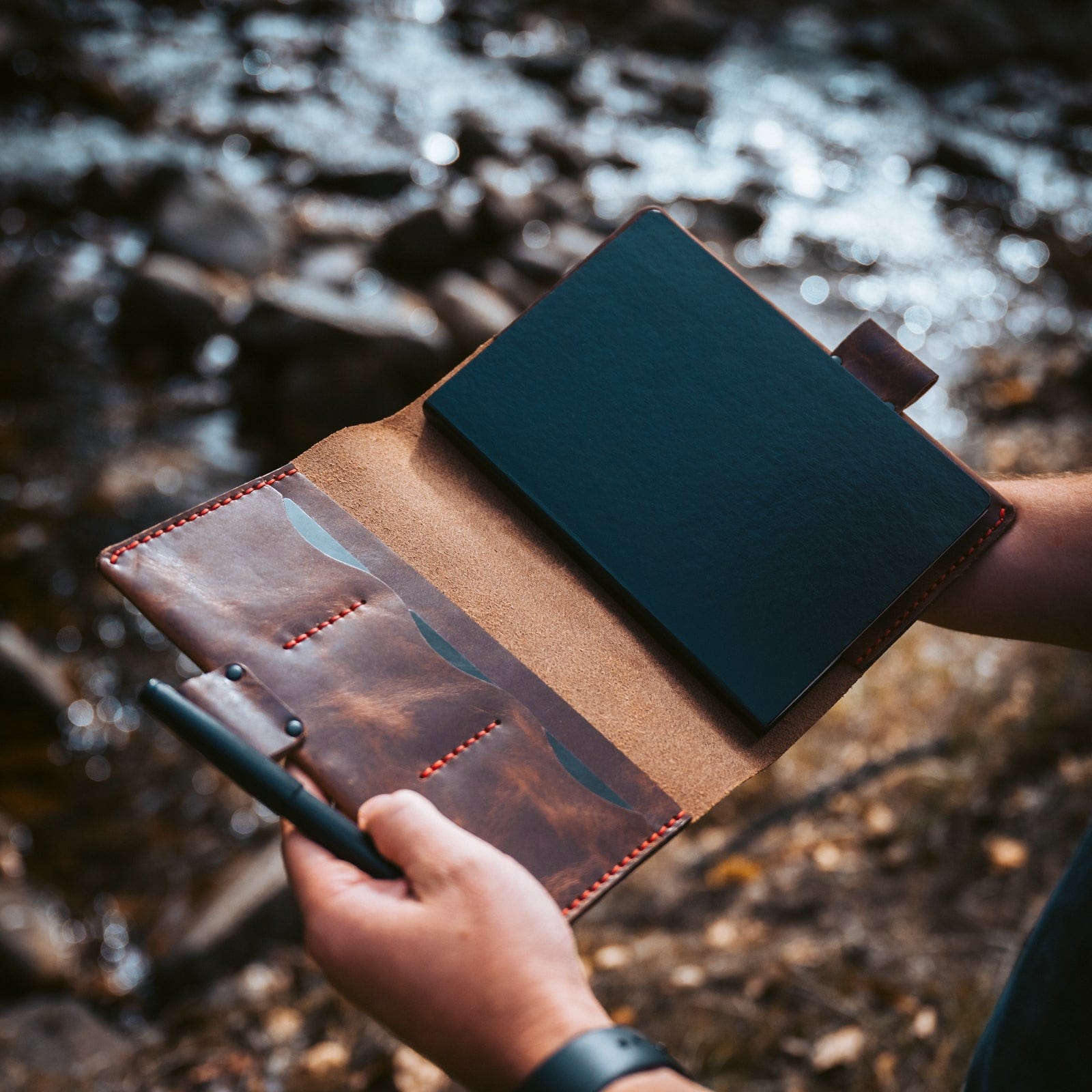
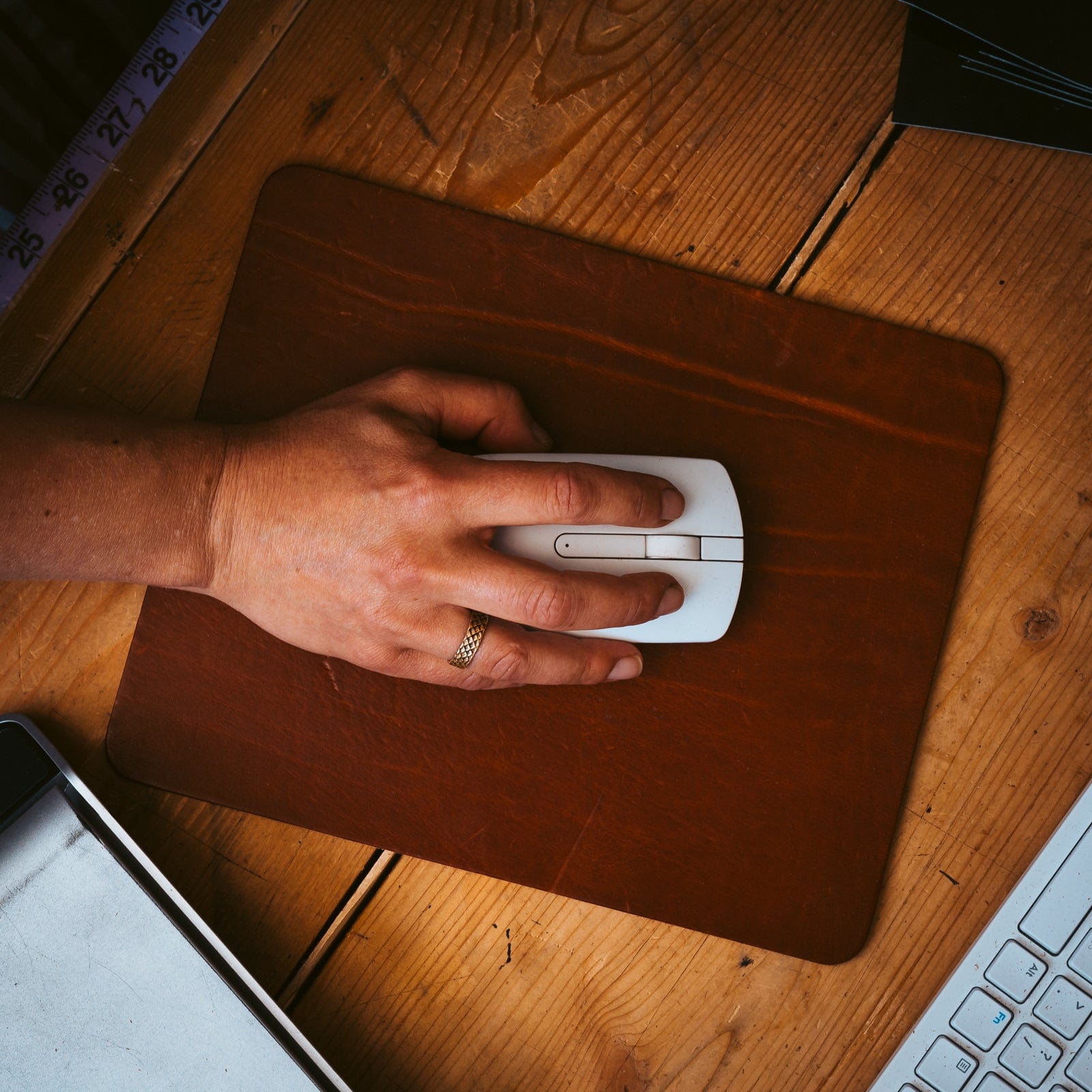
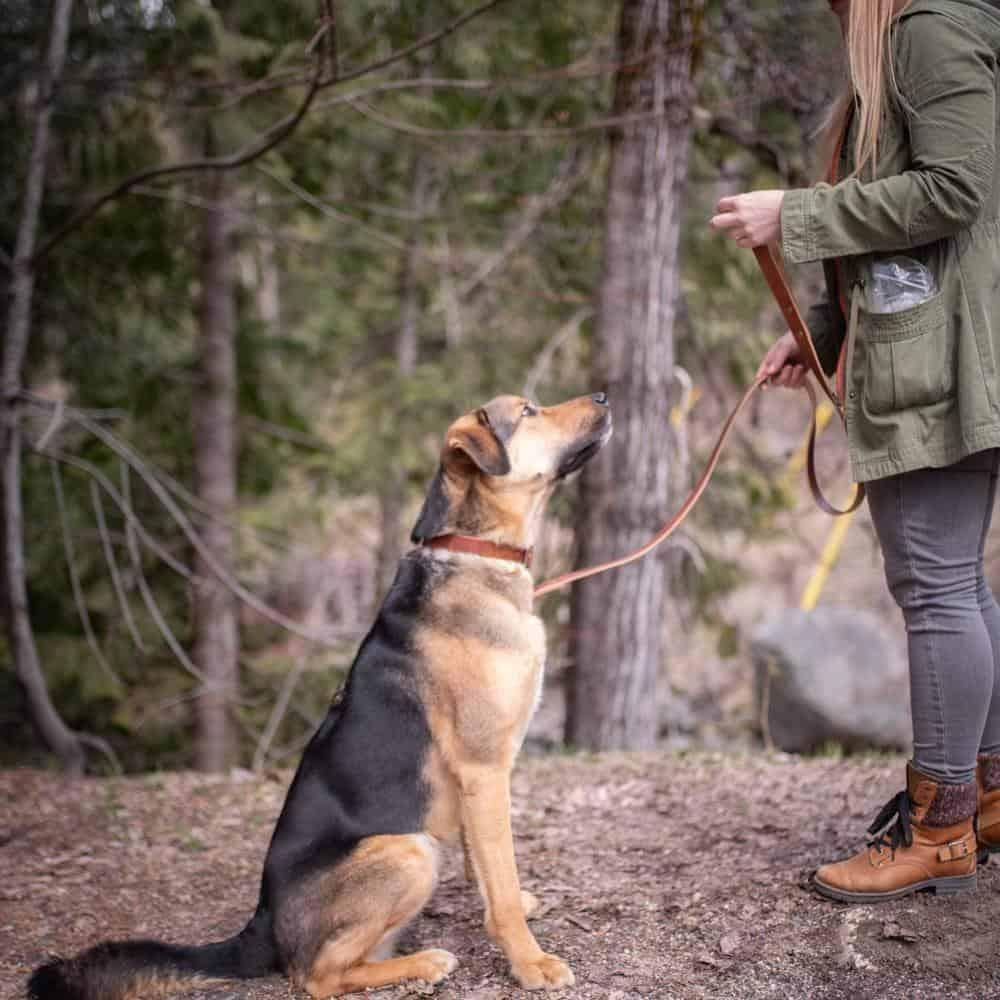
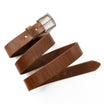


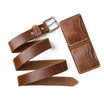
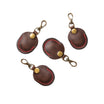





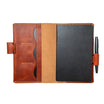
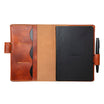

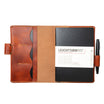
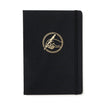

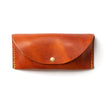
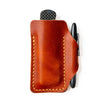

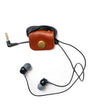

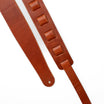
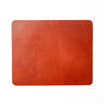
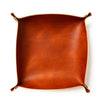
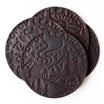
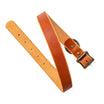

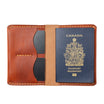
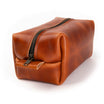
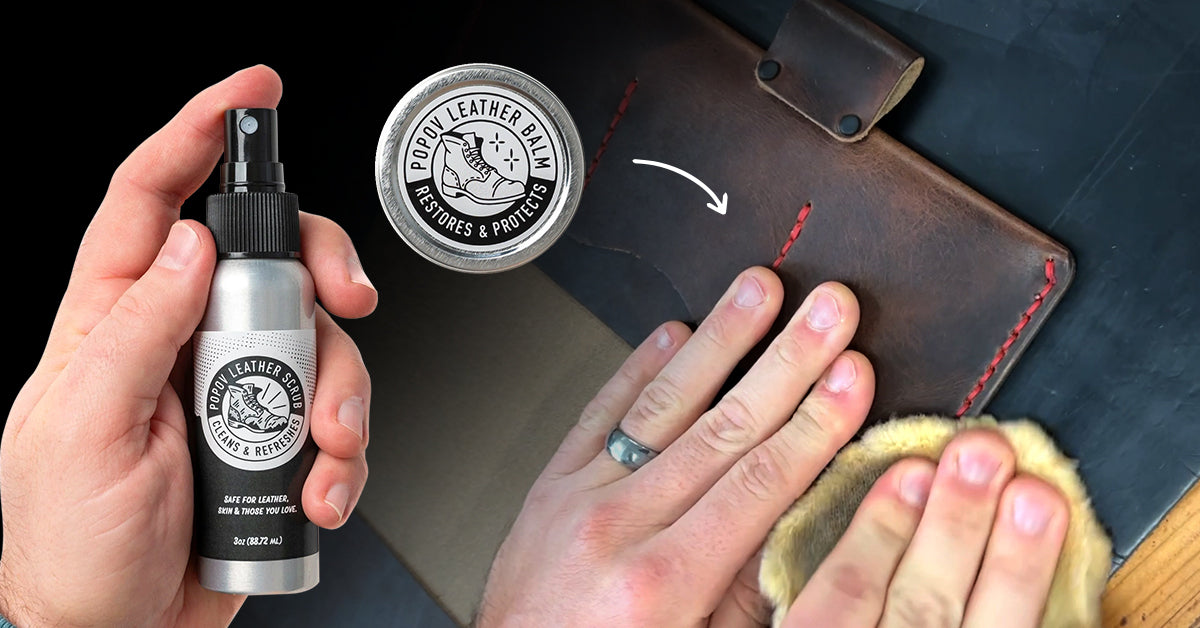


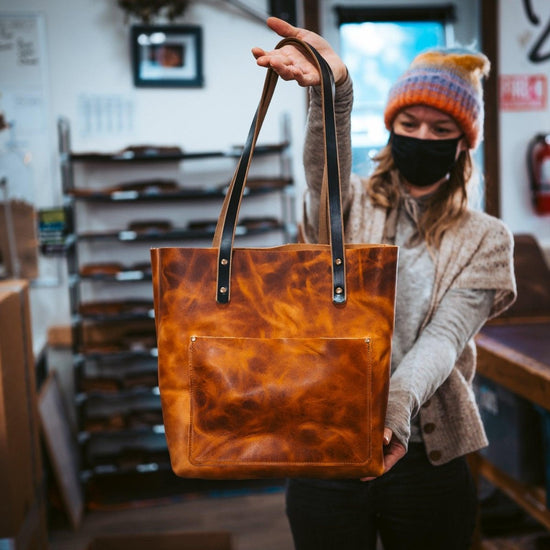
Leave a comment
All comments are moderated before being published.
This site is protected by reCAPTCHA and the Google Privacy Policy and Terms of Service apply.